This is why you should choose wireless charging
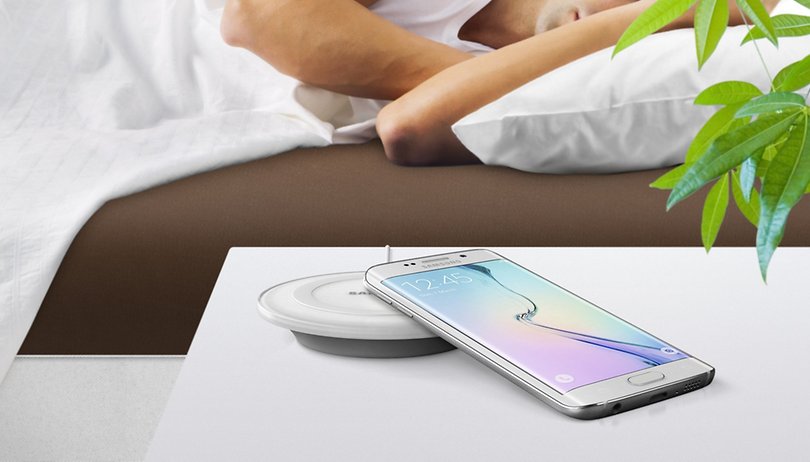

Birds do it, bees do it, Samsung Galaxies do it… oh, hang on, we’re wrong about the birds and bees. We’re talking about wireless charging, which many Android devices support. But what is it and why should you use it? Allow us to explain why you should choose wireless charging.
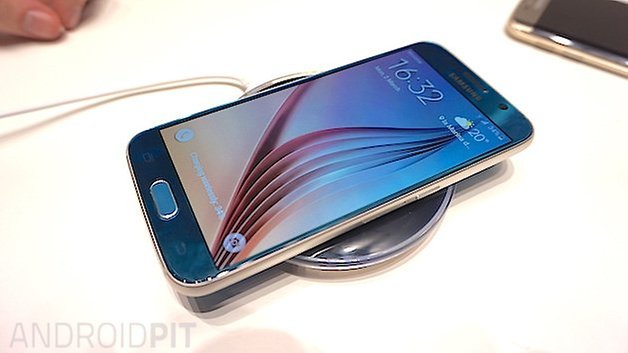
Wireless charging: what is it?
As you’ve probably guessed from the name, wireless charging is a way of charging a device - such as a smartphone - without plugging a cable into it.
Wireless charging tends to come in two distinct flavors: it can be built into the actual phone, as it is in the Samsung Galaxy S6, or it can be added to an existing device via a wireless charging case, such as the Wireless Charging S-View case for the Galaxy S5.
The latter option enables you to add wireless charging to devices that didn’t ship with the technology, although of course it also adds bulk and costs money to do that. In between those options is an optional battery cover that has Qi built-in, like for the LG G3.
Wireless charging: how does it work?
Bad news for Insane Clown Posse fans: wireless charging uses magnets, which are famously mysterious to ICP and their juggalo friends. For the rest of us it’s actually pretty straightforward: wireless charging uses electromagnetic fields in one device to induce an electric current in a metal coil inside another device.
That current powers the battery, and because the electricity is created inside the device being charged there are no safety issues to consider or exciting sparks to look at or frighten your pets with.

Wireless charging: what’s the point?
Charging without wires is handy, and if you’ve ever suffered the curse of the busted charging cable - where the cable end frays from overuse - you’ll appreciate the increased longevity you’ll get from having a static charger pad instead of pulling cables in and out every day.
But that’s not the only reason to embrace wireless charging. If your phone is water- or dust-resistant, the necessary charging port covers can be fiddly and annoying; with wireless, you don’t have to touch them at all.
There are other benefits. The most common wireless charging standard, Qi, is available in all kinds of public places, especially in the US - so if you’re in an airport or hotel you can often find a wireless charging pad.
It’s much more dignified than trying to find a concealed plug socket and hoping you can get some juice before the housekeeping staff boot you off so they can plug in their cleaning equipment.
There’s another benefit. Because wireless charging is a universal standard, you could potentially use one set of chargers for a whole bunch of devices - phone, smartwatch, tablet and so on.
That could reduce the amount of cables and international power adapters we make and discard, and if we put wireless charging into devices that currently use disposable batteries, we could reduce their environmental impact too. In the very long term, we might even have wireless charging pads for electric cars.
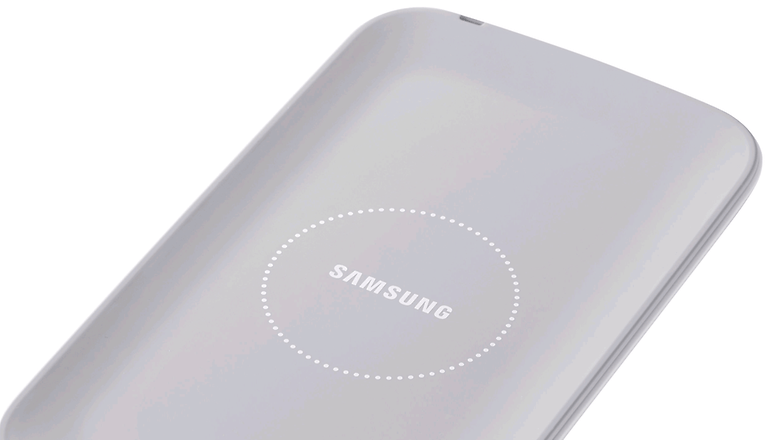
Wireless charging: what are the disadvantages?
Like any technology, there are disadvantages as well as advantages to wireless charging. It can be slower and less energy efficient than traditional cabled charging, and that comparative lack of efficiency can mean that wireless charging wastes more energy by emitting it in the form of heat.
Wireless charging can cost a little more to implement, and there are engineering challenges - especially if you’re trying to put wireless charging circuitry into a phone so slim it can only be seen by ants.
Wireless charging: what phones support it?
Almost every modern phone can be used with a wireless charger, although in some cases - such as with Apple iPhones - that means using an adapter that plugs into the phone’s charger port, which kinda defeats the purpose somewhat.
Qi charging is actually integrated in devices by Asus, Google, BlackBerry, Cat, HTC, LG, Kyocera, Motorola, Nokia, Samsung, Sony, Vertu and Yotaphone. You’ll find a full and very long list of compatible devices here.
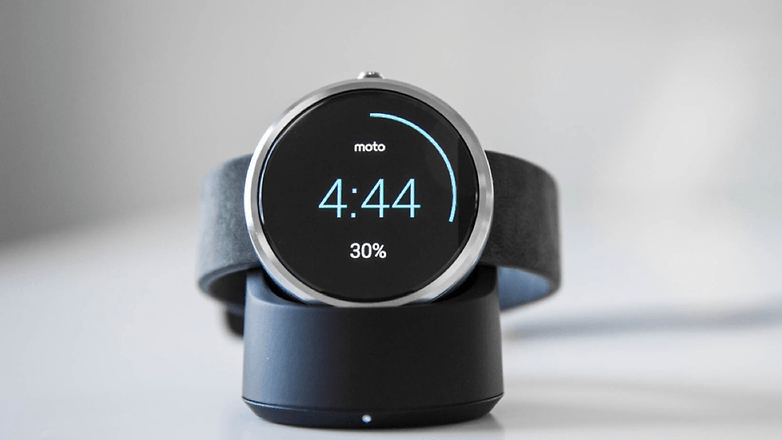
Wireless charging: should you choose it?
In a word, yes. In a few more words, yes, probably. In many cases simply buying a good phone means you get wireless charging capability thrown in, so for example recent Motorolas, Samsungs and Nexuses all support wireless charging without needing extra cases or adapters. Turbo charging is another great alternative to traditional slow charging, but it still requires a cable.
On that basis wireless charging is definitely worth having, especially when the cost of the wireless charging pad is so low: at the time of writing we’re looking at the official Samsung wireless charging pad that appeared with the Galaxy S6 for 25 GBP (36 USD), which isn’t much money when you consider the convenience of parking your phone on a wireless charger instead of scrabbling around for cables.
The big benefits of wireless charging - one pad to charge every conceivable bit of kit you might own - are still frustratingly in the future, but for phones it’s here, it works and it’s great.
- Buy now: Samsung Wireless Charging Pad from Amazon.com from 36 USD.
- Buy now: Samsung Wireless Charging Pad from Amazon.co.uk from 26 GBP.
Do you have a wireless charging phone? Did you shell out for the pad, or are you kicking it old school with cables? Let us know in the comments!






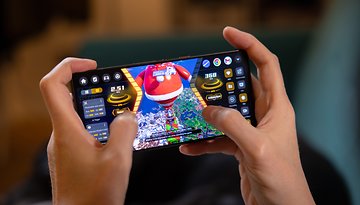












Thanks for this great article on educating people about wireless charger. Regarding to our life on fast peace, people may pretend to a quick wireless charger , such as Qi wireless charger.Most smartphones support both the Wireless Power Consortium’s Qi and the PMA or AirFuel Alliance standards, meaning that they will work on most available chargers. Qi is much more and more popular.We could see many brands manufatutering these such as anker,ichoetech ect.
I'm very new to wireless charging, only having had my Samsung G8 for 2 days. Already I've found a limitation, in that the new folio style case I purchased to hold phone and cards, doesn't allow the phone to charge on the pad. Even when I removed the snap on/off case part of the folio, it wouldn't charge. I reverted back to the slim plastic one that came with the accessory pack, and that has worked. I'm now assuming that if I were to get a magnetic case (for car phone mounts etc), that this wouldn't support wireless charging either. Looks like I'll be sticking with cables and/or docking stations....
After getting this today, I just realise it literally takes TWICE as long to charge my phone on my Samsung "Fast Charge" wireless charging stand. Definitely returning this, what a waste of money.
A lot of people seem unimpressed by wireless charging, but being able to come home and just slap it on the wireless charging pad after a tiring day's work feels great. I got mine free as a present, and love using it. Your mileage may vary on how useful you think it is
What I really want to know is. If you put your phone on the wireless pad , And connect the USB to charge. ¿¿will it charge any faster ??
I am using eseekgo wireless charging, it is charge fast and I fully charged within 2 hours. You can have a try. Hope this helps! Copy and paste to get it: goo.gl/aeJqQe
More like a question.
I'm under the impression that NFC charging stops charging when the charge is complete. It seems like with all of the restrictions for proper charging does allow for proper charging. I usually charge when I sleep but the battery is probably charged a few hours before I wake.
So , does the charging stop when the battery receives 100% charge.
One other thing , what about using the phone /device whilst charging , ie YouTube etc and if so why is this bad practice ?
I have the S6 Edge+ and got the standard Samsung wireless pad along with it. I simply keep the pad plugged in on a small table next to my sofa and put the phone there whenever I'm watching a movie or using my tablet or a Chromebook. Works great for me
This writer forgot another disadvantage of wireless.
You can’t use your phone while it's charging.
I'll switch to wireless when it works at a distance. And every phone needs a removable battery.
Oh I see everyone already said that. I should have read the other comments first
Kindly let me know is micromax canvas a315 model having an update to lollipop? If not then when?
Mark S said everything I'm feeling about wireless charging, or I'd have already had my S6 in hand, so I wont bore everyone by typing it out again. Reading that the Nexus 5 (2015) may be wireless also scares me that all Android manufacturers may be headed in this direction. I NEED to be able to swap out my battery, due to Lollipop ruining my phone in battery life. Samsung got it wrong this time with the closed back, hence wireless charging. I feel as if they are not listening their loyal consumers, but trying to just take more customers from apple, which I detest. Sammy needs to look at that spec, along with a few more, listen to it's LOYAL consumers and think again.
I have a Note 4 that I purchased a wireless charging back cover for. I also purchased the Qi charger pad. The replacement back cover is slightly bulkier than the original cover and does not allow me to use a case with the phone due to size constraint. the wireless charger works great although it is a bit slower than the direct wire charging. I still use the direct wire charging when I need to use the phone while getting a charge or need to far charge before I go out. Overall I am happy with the wireless charging capability but there remains a need to charge using the direct wired charger.
Received a cover and the wireless charging pad free with the S6 edge and use it every time my mobile needs a charge and must say I'm impressed with it.
I don't like wireless Charging. It is more expensive like the article says. You have to leave your phone on the pad making it harder or impossible to use the device while charging. There is no rapid charging for a quicky. In public areas you have to leave your phone unattended, making it an easy target. It is also less portable than a standard charger. It still has a wire that needs to be plugged into the wall so your not really getting rid of a wire unless you do multiple devices.
Expensive - $5 for the phone hardware and $10 for a qi charger. Often on a $300-$600 device.
Use while charging - batteries have long solved this. You sleep 7 hours a day and modern phones last the rest of the day baring insane use profiles. There are qi charging stands. Nor have I ever had the case where I needed to use the phone and left the USB plugged in. What difference does 1' make? What is the use case for a nearly dead battery and wanting to spend hours on the device, not wanting to move more than 1', and yet... not wanting to use it on its stand?
Rapid charging - only 15%-25% slower with some devices now almost par. Whether it can fully charge in 3 hours or 3.4 hours is meaningless if you are asleep for 7.
Public areas. How does a USB cable solve this? You can't leave a phone alone in a public area with a USB plug either.
Not portable. Again, phone batteries now run days without charging baring insane use cases. If you have an extreme use case... you aren't going to rely on a USB cable anyway. You'll have a battery pack, car charger, etc.
Still need a cord. So does USB? This isn't a disadvantage since USB is the same. It is no worse than USB on that side.
And of course... qi devices still have USB. If someone comes up with the use case where qi doesn't work... plug the USB cable in. Wireless charging easily solves one issue... you are at home, you put your cell phone down and you forget to plug it in. Next day... no charge. With wireless, you put it down... it charges. Yes... it is 'easy' to plug a USB cable in, but unfortunately people routinely forget to do so. That use case is 100x more likely than any case someone has so far given.